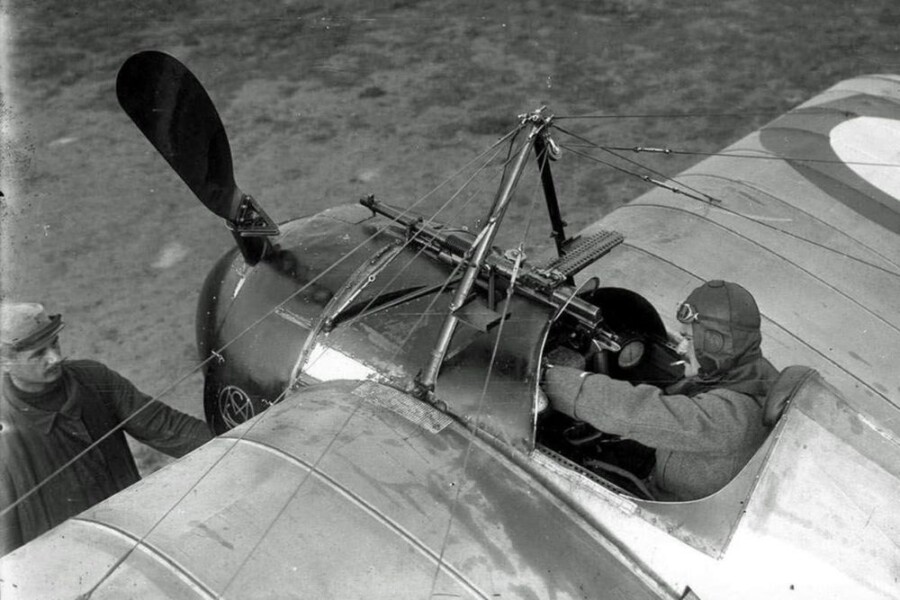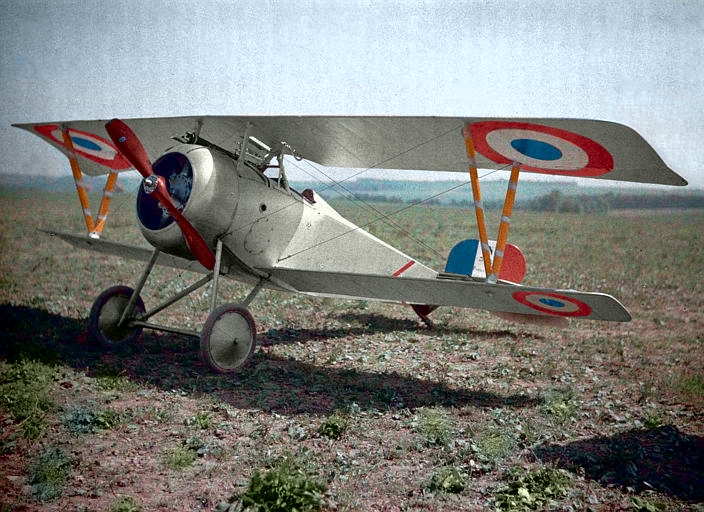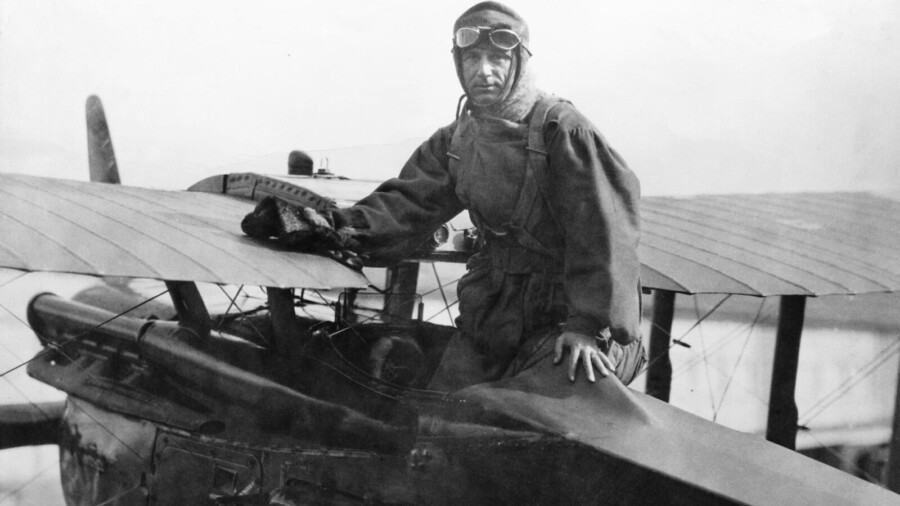What Was the Life Expectancy of a WWI Pilot?
5 February 2024 | Updated on February 05, 2024
During World War I, the life expectancy of a pilot in combat was incredibly short. The average life expectancy for new British pilots in April 1917 was only eleven days after starting their service. This was due to the dangerous nature of aerial combat and the technological limitations of the aircraft at the time. Many pilots died in dogfights and were often considered heroes for their bravery. The introduction of better tactics and advancements in aircraft design played a role in increasing the survival rate of pilots, but the risks were still extremely high.
Key Takeaways:
- The average life expectancy of new British pilots in WWI was only eleven days.
- Aerial combat during WWI faced technical challenges, including firing through the rotating propeller.
- The introduction of better tactics and advancements in aircraft design improved the chances of survival for pilots.
- Pilots played a crucial role in the war and their sacrifices should never be forgotten.
Aerial Combat and Technical Challenges
Aerial combat during World War I was a deadly and intense affair, with fighter pilots engaging in dogfights high above the battlefields. However, these aerial confrontations were not without their technical challenges, which posed significant obstacles to the effectiveness of fighter aircraft.
The main technical challenge faced by both sides was the positioning of the propellers on the planes. Firing through the rotating propeller was not only ineffective but also potentially dangerous for the pilot. To overcome this problem, both the Allies and the Central Powers sought innovative solutions.
It was in 1915 that the Germans introduced a critical innovation known as the interrupter gear. This mechanism allowed machine-gun fire to pass through the spinning propeller, significantly enhancing the effectiveness of their aircraft in combat. However, it is worth noting that before this solution was implemented, many planes were shot down while attempting to fire through the propeller.

A photo of Jules Védrines Morane-Sauliner Nm in September 1915 shows one of the wedge-shaped bullet deflectors on his propeller. (Service Historique De L’Armee De L’air 881 558)
The introduction of the interrupter gear marked a turning point in aerial combat, allowing pilots to engage in more accurate and lethal attacks on enemy aircraft. This technological advancement played a crucial role in the evolution of fighter planes during World War I and helped to level the playing field in the deadly skies above the battlefields.
Increased Formation and Tactics
As the war progressed, fighter plane formations grew in size, with multiple aircraft flying together for increased protection and effectiveness. These larger formations allowed pilots to support each other and engage in coordinated attacks on enemy targets. However, not all pilots operated within these formations, and some chose to fly as lone fighters, using their individual skills and strategies to outmaneuver and outgun their opponents.
The chaotic nature of dogfights became even more intense as more planes filled the skies. Dozens of aircraft would engage in violent aerial maneuvers, with pilots constantly scanning the skies for enemy planes and trying to gain an advantageous position. New tactics were developed and learned by the pilots to gain an edge in combat. For example, some pilots would swoop down from the sun, using the blinding light to mask their approach and surprise their adversaries. Others would fly beneath opposing planes, remaining unseen until they were able to attack at close quarters.

Additionally, fighter pilots began to explore new targets beyond enemy aircraft. Some focused on bombing ground targets, such as enemy positions or supply lines, to disrupt the enemy’s operations. Others specialized in gathering intelligence, conducting reconnaissance missions to gather vital information about enemy troop movements and positions. This expansion of tactics allowed fighter pilots to make a significant impact beyond the skies and contributed to the overall war effort.
Tactics and Formations in Aerial Combat
During World War I, fighter pilots adopted various tactics and formations to enhance their chances of survival and success in combat. The use of larger formations provided pilots with increased protection and the ability to launch coordinated attacks on ground targets. However, some pilots preferred to operate as lone fighters, relying on their individual skills and strategies to outmaneuver their adversaries. In the chaotic dogfights of World War I, pilots learned new tactics such as swooping down from the sun or flying beneath opposing planes to gain an advantage. These tactics, along with the expansion of targets beyond enemy aircraft, allowed fighter pilots to make a significant impact in the war.
| Tactic/Formation | Description |
|---|---|
| Larger Formations | Multiple aircraft flying together for increased protection and effectiveness |
| Lone Fighters | Pilots operating individually, relying on their individual skills and strategies |
| Swooping from the Sun | Attacking from above using the blinding light to mask the approach |
| Flying Beneath Opposing Planes | Remaining unseen until attacking at close quarters |
| Bombing Ground Targets | Targeting enemy positions and supply lines to disrupt their operations |
| Reconnaissance Missions | Gathering intelligence on enemy troop movements and positions |
In summary, fighter pilots in World War I adapted to the challenges of aerial combat by forming larger formations, developing new tactics, and targeting ground objectives. These strategies allowed them to navigate the increasingly chaotic dogfights and make a significant impact in the war effort. The bravery and ingenuity of these pilots should be remembered as part of the legacy of World War I.

Conclusion
World War I was a challenging time for fighter pilots, with a perilously short life expectancy. New British pilots, on average, could expect just eleven days in combat. The dangers of aerial combat, coupled with the technological limitations of the aircraft, made their missions incredibly risky.
Despite the high risks, some pilots managed to survive and gain valuable experience. As the war progressed, advancements in aircraft design and tactics began to improve the chances of survival for these brave aviators. Larger formations provided greater protection, and new tactics were developed to gain advantages in dogfights.
World War I fighter pilots played a crucial role in the war effort. Their sacrifices should never be forgotten. Today, their legacy lives on, reminding us of the courage and determination displayed by these aviators. Their contribution to the war and the advancements made during that time have left a lasting impact on the field of aviation.





























